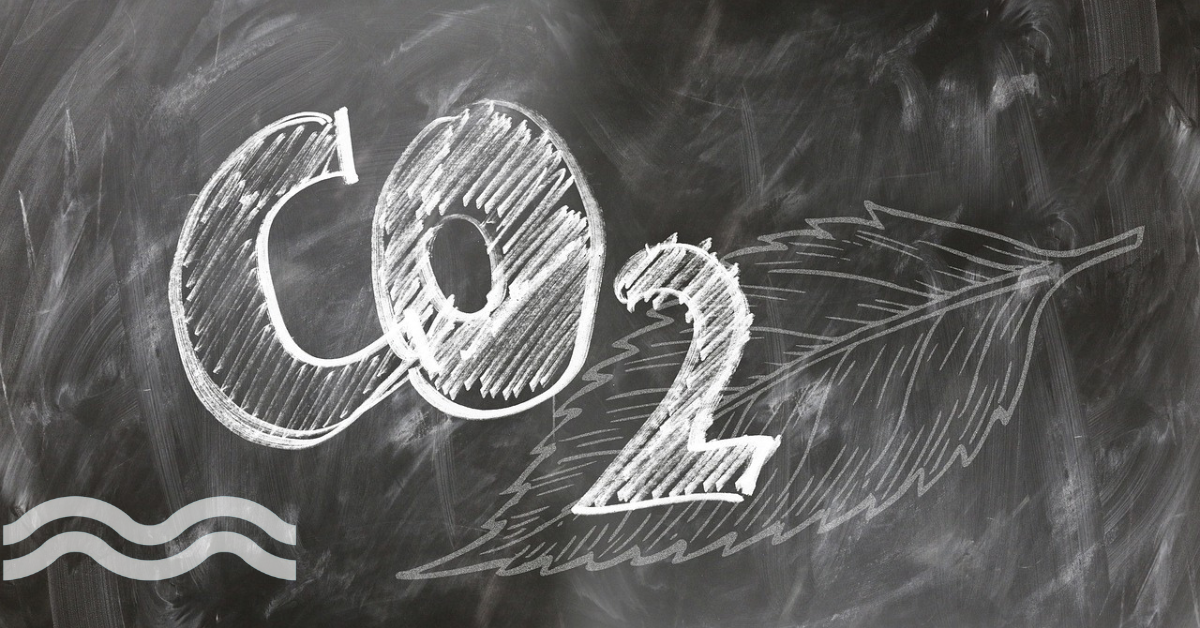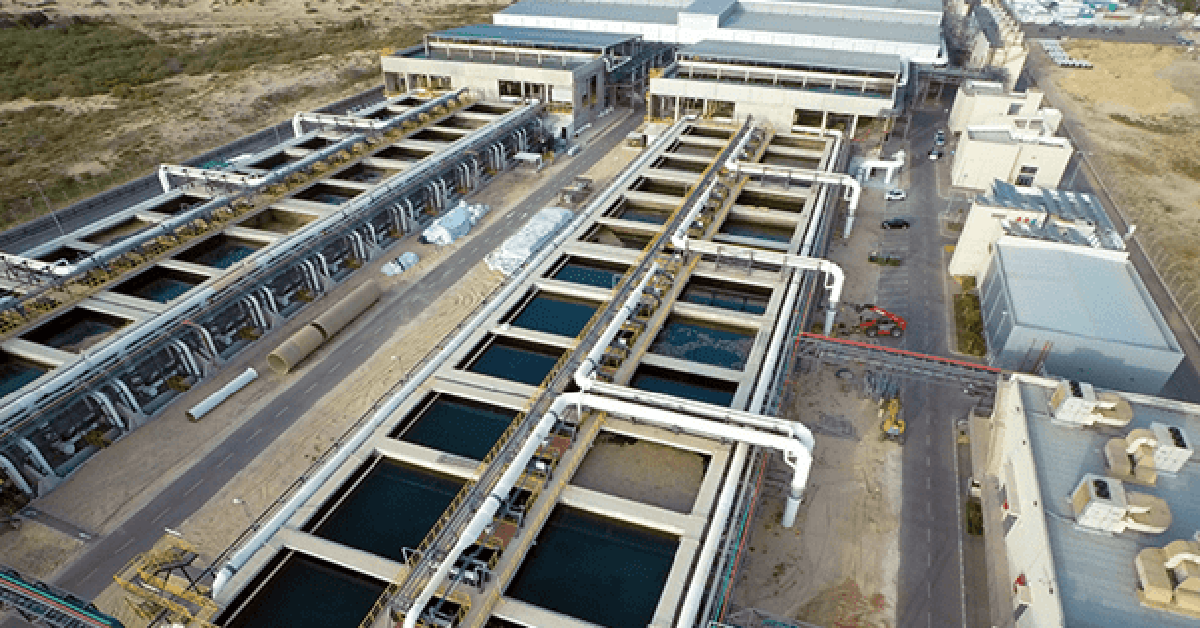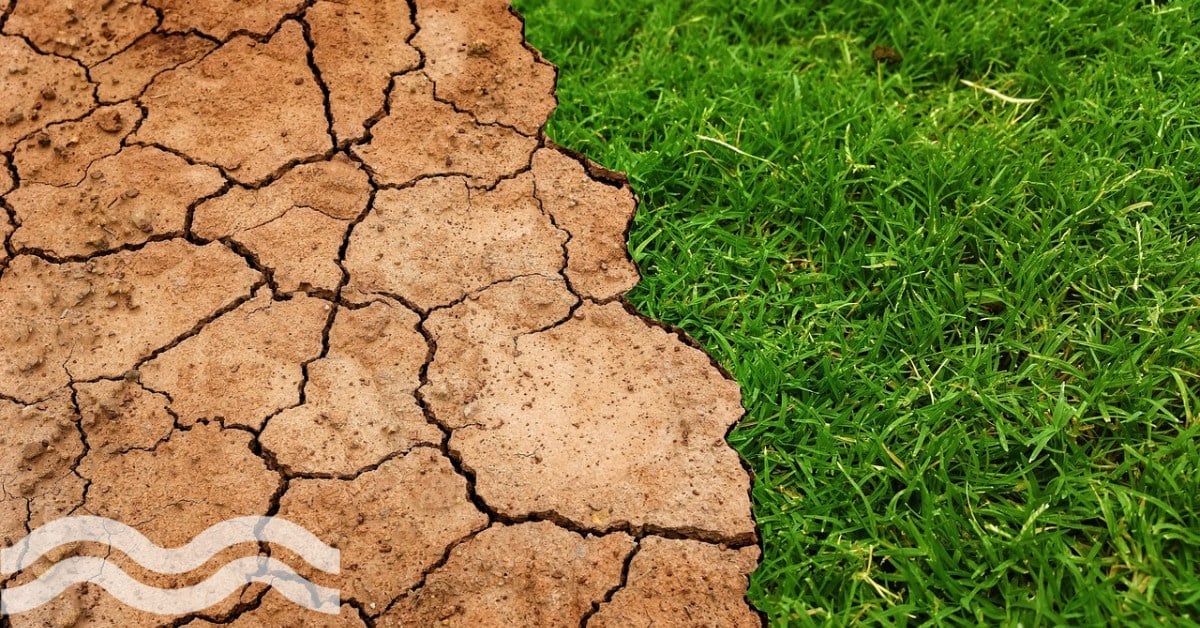UAE to phase in more membranes in SWRO desalination push
A significant investment and sustainability push in the United Arab Emirates is set to massively increase desalination capacity using reverse osmosis (RO) technology.
Realising cost reduction initiatives
Announcing plans for significant investment in Reverse Osmosis (RO) desalination capacity, Emirates Water and Electricity Company (EWEC) is aiming to halve the carbon footprint associated with its water and power generation by 2025.
Aiming to meet a good proportion of its ambitious sustainability plans through RO alone, the plans call for a new capacity capable of producing 170 million gallons per day (772,820 m3/day) of drinking water.
“With demand for water growing across the region, plants for new RO facilities have already been announced.”
The new RO facilities are due to be commissioned over the next few years and will be mainly located in Abu Dhabi and neighbouring emirates. EWEC is the federal off-taker and procurement agency body for the privately financed desalination plants that serve Abu Dhabi and other parts of the UAE.
With demand for water growing across the region, plans for new RO facilities have already been announced at Mirfa, Shuweihat and Al Taweelah.
Calling for Expression of Interest (EOIs) for the Mirfa 2 (M2) Independent Water Project in February, the project will play a key role in cost reduction initiatives through the procurement of competitive and efficient RO technology.
To be located next to the existing Mirfa IWPP, approximately 110 kilometres west of the city of Abu Dhabi, commercial operations are anticipated in the first quarter of 2024. The successful developer will own up to 40 per cent of the project.
EWEC also recently launched a request for proposals for consultants on the Shuweihat 4 desalination project in the Liwa region. In addition, EWEC awarded the contract for the world’s largest RO desalination plant at Al Taweelah in 2019.
A drive to cut carbon from water
The organisation aims to deploy clean energy technologies, including renewables like solar PV, to reduce CO2 emissions by 20 million tonnes by 2025. Carbon dioxide emissions of more than 40 million tonnes occurred last year.
“Reverse Osmosis offers at least an order of magnitude improvement on energy intensity when compared with thermal desalination,” said Dr Corrado Sommariva, founder and CEO of Sustainable Water Power Consultants.
He said RO plants are “less invasive, they require less land footprint and have a lower water requirement”.
One cubic metre of water from a thermal desalination plant requires 10 cubic metres of seawater, compared to three cubic metres for an equivalent sized RO plant.
He told Aquatech Online: “The brine discharge is less, though it is more concentrated and of course it does not discharge hot water to the sea so has no heating effect.
"The potential benefit is even bigger because in winter when they don't need the power but still need the water, the thermal desalination plants run very inefficiently because they don't have the cogeneration. At that time, the energy consumption goes even higher and becomes more than 10-fold higher.”
Thermal is out
By executing a sustainability strategy, EWEC says it has already cut its carbon intensity for electricity generation by 15 per cent, from 412g/kWh in 2015 to 350g/kWh in 2018. EWEC is also expected to reduce production at its existing thermal desalination plants as part of its sustainability programme.
“Thermal desalination is already out of the game. There are no new plants.”
"Thermal desalination is already out of the game. There are no new plants, but they are running existing facilities where they have big problems because of the energy input and energy costs, and they are scratching their heads thinking about how to retire them," noted Sommariva.
He added: "The relationship between water and power becomes easier with reverse osmosis because they can use the energy from cheap PV plants when they want to use it to convert seawater into freshwater. In terms of sustainability, it is an easy match."
This is a point echoed by EWEC’s forecasting and planning director Bruce Smith, who said: “Increased investment in RO projects means we can lead the region in decoupling water and electricity generation, using significantly less energy-intensive technology to produce water, reduce carbon emissions, and reduce costs.”
Technology optimisation decreasing costs
There are also considerable cost benefits associated with improvements in RO technology.
“In terms of Capex, prices of reverse osmosis technologies have fallen dramatically. These decreases have been driven partly by optimisation of the technology, and in future, I think technology will keep improving,” said Sommariva.
Indeed, large-scale investments like those planned by EWEC might well lead to further improvements in quality but at increasingly competitive prices.
“The energy consumption for reverse osmosis has gone down from 4.5 kWh/m3 to less than 3 kWh/m3 over the timeframe of one year,” Sommariva concludes.
“This has reduced the tariff from $0.7/m3 to less than $0.4/m3. These trends can continue, and as the energy is coming from renewable energy, that is going to be cheaper and cheaper tariffs have an opportunity to go really low. The net outcome is much more sustainable water at a lower cost.”
Related content
- Does size matter? Meet ten of the world's largest desalination plants
- New hub to lower desalination manufacturing costs in US
- Mike Dixon: Creating an AI “Netflix model” for desalination
Share your water technology stories with us
Do you have an innovation, research results or an other interesting topic you would like to share with the international water technology industry? The Aquatech website and social media channels are a great platform to showcase your stories!
Please contact our Sr Brand Marketing Manager Annelie Koomen.
Are you an Aquatech exhibitor?
Make sure you add your latest press releases to your Company Profile in the Exhibitor Portal for free exposure.
We promise never to send you spam and you can unsubscribe at any time!





